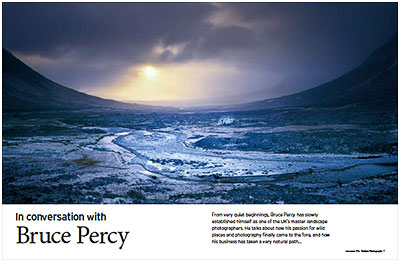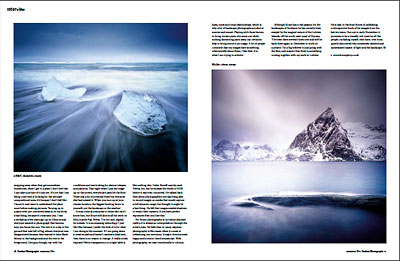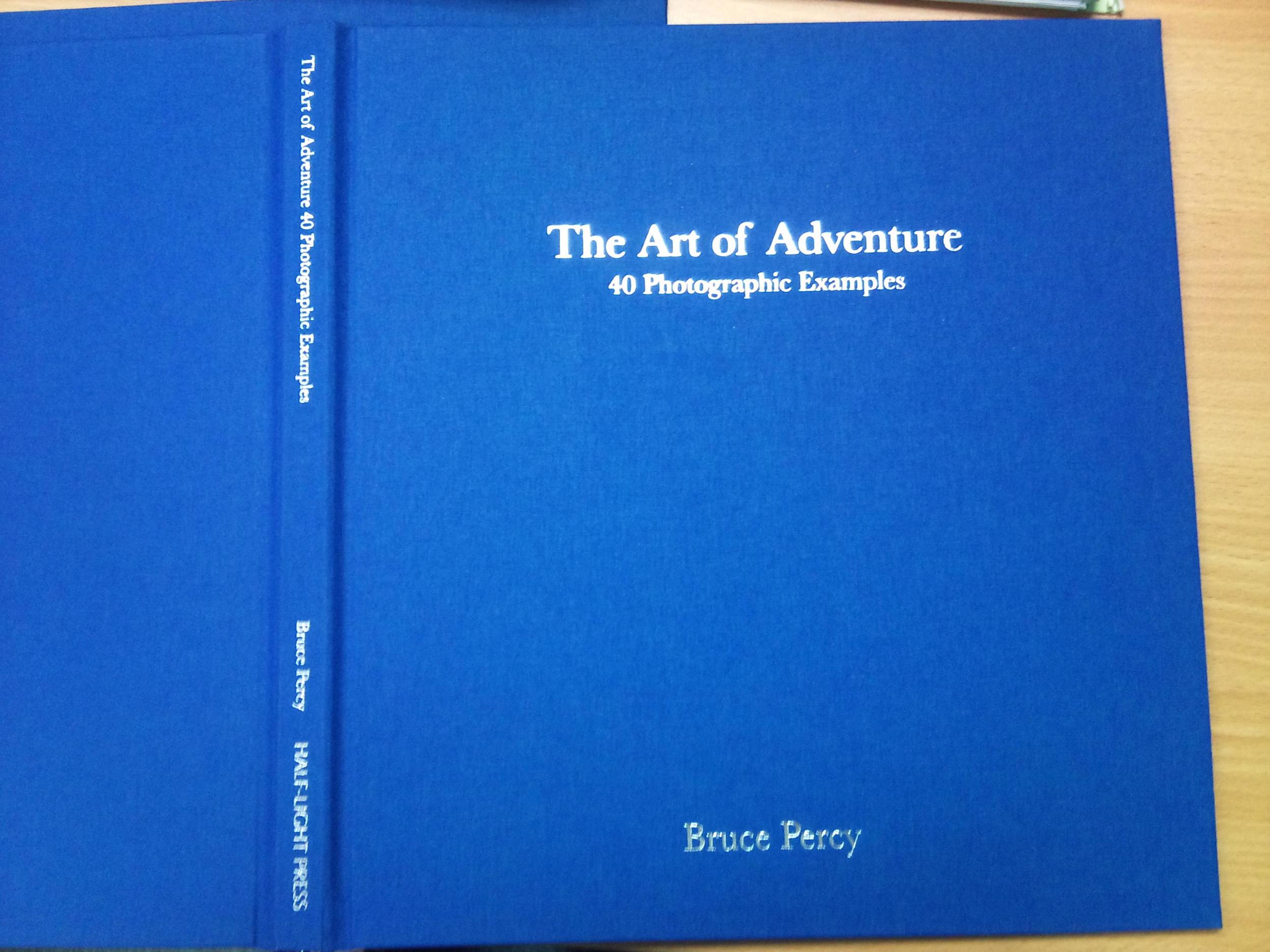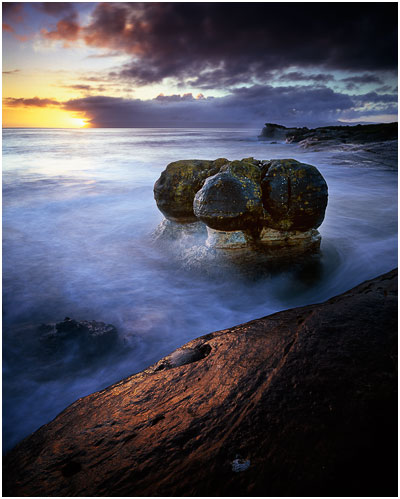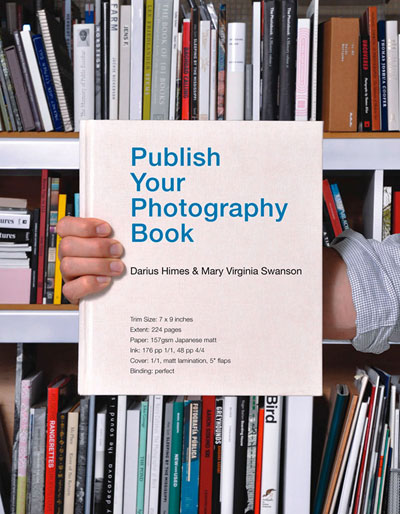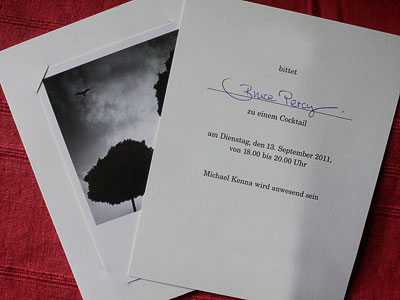Everyone has influences, whether they deny it or not. More so perhaps in the field of arts.
Since the late 80's, I've been a fan of Michael Kenna's photography. It was he, that made me think of an image as being something that could deviate from being a verbatim recording of what was there. His images in the late 80's were often of eerie night scenes that seemed to have a presence that I could not find in anybody else's work.
He has been heavily imitated - which is perhaps the highest form of flattery one can achieve and there are many photographers who would cite him as a core influence.
For the past year, I've had a very nice correspondence with the man I consider to be a huge influence in my own photography. What initially started as a request for advice on approaching galleries, turned into a polite and often fun exchange in email from someone who came across as very young at heart, enthusiastic, and down to earth. It was a delight to find that someone I admired so much, and as busy as he is, could be very humble and open.
Just this week I attended a private gallery exhibition in Zurich - Michael had kindly put a friend of mine and myself on the invitation list.
I had a mission; I wanted to thank Michael for his kindness with a project I've been working on.
When we arrived at the address of the gallery, it seemed to be someone's home. I wasn't sure if we'd got the right address, but a moment later, after pressing the buzzer we were climbing the stairs to what sounded like a party on the 2nd floor.
The gallery seemed to be the owners home and in there, she had around maybe ten of Michael's prints, and also quite a few Elliot Erwitt originals.
The moment we stepped in the door, I could see Michael in the sitting room. It's quite an odd sensation to see someone you know well from photos and books, youtube videos etc etc, and find they're just standing a few feet away from you.
We hovered for perhaps half an hour, waiting for our chance to say hello to him.
He said 'you made it!' and I just smiled and introduced my friend. I couldn't help notice the massive long, sharp shoes he was wearing. They are perhaps the most exotic shoes I've ever seen on anyone. So I couldn't help comment on them. Michael thanked me and then I said something which came out sounding a bit inappropriate, and Michael didn't let me get away with it. He quickly put his arm around me and said 'what was that? - did I hear you right?'.
Was this true I wondered? Is perhaps my biggest photography hero taking the piss out of me?
Yes, he was, in a good natured way.
Michael had a young girl with him. She was maybe 10 years old, who we thought was his daughter. He introduced her as his assistant. She was in fact the gallery owners daughter, but he explained to us that she was keeping him right, keeping him organised, reminding him which city he was in.... (his schedule is quite mad) at one point, while I was asking him to sign my copy of 'Night Walk', he asked her - 'hmmmm...... is it Paris today? Hmmm? No? Then, is it Munich? Hmmmm?' to which the little girl shook her head and replied 'no, it's Zurich today'. 'Oh, yes, that's right', he said. And my book was signed 'to Bruce with admiration, best regards, Michael, Zurich 2011'.
